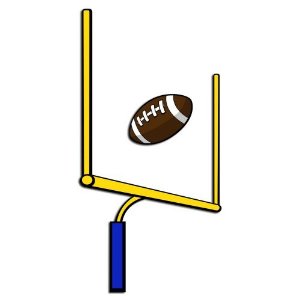Personal, financial, career–these are all different types of goals that individuals set for themselves, including students. Students are at a pivotal point in their lives; a time when they’re figuring out what they want to achieve and how best to reach their goals. Students can benefit from learning how to set and reach goals.
Here are some quick tips for setting goals:
Set concrete goals. Whether the goal is short-term or long-term, one must know exactly what it is that they are working towards. Students benefit from setting concrete goals versus vague goals.
Decide where to start. In order to measure progress and proximity to the end-goal, one must be aware of their baseline. For example, if a student wishes to achieve a high score on a standardized exam, they should take an initial practice test to assess how much work is ahead of them.
Commit to a clear path. While this may be more difficult with long-term goals, it is easier to facilitate the path for shorter term goals. If a student wishes to save money for a car, they will need to determine how they are going to get the funds, what they may have to sacrifice in order to save, and how much incidentals, such as car insurance, gas, and maintenance will cost.
Maintain optimism. It is important to set goals that are achievable, so that the student is successful in the endeavor. It is counterproductive to set a goal that is later deemed impossible to achieve.

